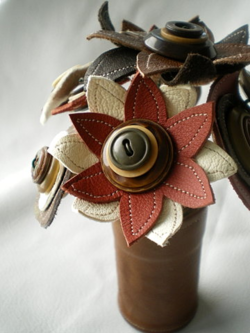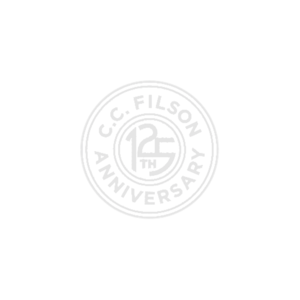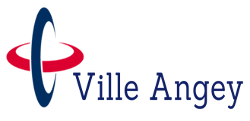
- January 30, 2021
Anyone can make leather but they must have a brain
The process of making leather is with some restrictions to batch processing. If the surface coating process adds then it includes some process. Flow chart for the leather process is preparatory, tanning, crusting, surface coating without any deviation. These all processes will not be included in all leather workshop , some will be omitted.

Preparatory stage
This stage starts only when the skin is ready to tan. Much unwanted raw skin is removed during the preparatory stages. Skin exists for a pretreatment from many options. All options are not performed to all preparation. Treating the skin with some methods that render temporarily. For washing purposes, water is used and rehydration is also reintroduced. Liming is done to unwanted proteins and it is achieved. Most of the hair is removed in the unhairing method. Some materials will be removed with the help of fleshing. Splitting is done to cut the hair into two or more horizontal layers.
Tanning
Converting the raw skin that consists of proteins into fixed material and thus the process is called tanning. It is mostly suited for end application and it’s not a putrefy. The major difference between tanned hides and rawhides is that tanned material will dry out to any flexible form and it doesn’t putrid in any wetted back surface, while rawhides will dry out too hard inflexible material and it putrefy in a wetted back surface. Lots of materials and methods are used for different tanning processes. End application chooses tanning methods and materials. Chromium is the most used material, it leaves when it gets tanned. Due to chromium, the product will change into pale blue color and the product is called wet blue. After finished pickling, the acidity will hide automatically. At this point, hides are stored in a drum and soaked in a float that contains tanning liquor. When the drum rotates slowly at time hides will be soaked and liquor will penetrate slowly till the full substance. Checking regularly will be made easy to cut the cross-section of the hide and the degree of penetration is also absorbed. After all even degree is absorbed then the ph will raise in-process, this process is called basification. This process will fix the tanned material to leather and high hydrothermal stability will lead to an increase in the shrinkage temperature of the leather. A ph of the leather will be finished only when chrome tanned.
Crusting
This process begins when the skin is thinned, lubricants, and retained. This crusting process includes colouring operations. Crusting is fixed in a certain place at the time some chemicals are added. Subprocess in crusting is softening and dyeing operations. It includes some other operations also. Wetting back is an operation that processing leather will rehydrate. Squeeze out some amount of water from the leather. Shaving is done by making thinned leather to cut off fibers. Dyeing operations is to colour the leather in attractive easy. Leather fibers are fixed with the help of oils and waxes. Moreover, fixed tannins are removed from leathers. Whitening is the operation of making leather lightened. By separating the leather fibers, the leather will soften automatically. Some areas are imparted and excess water will be removed in the setting operations.
